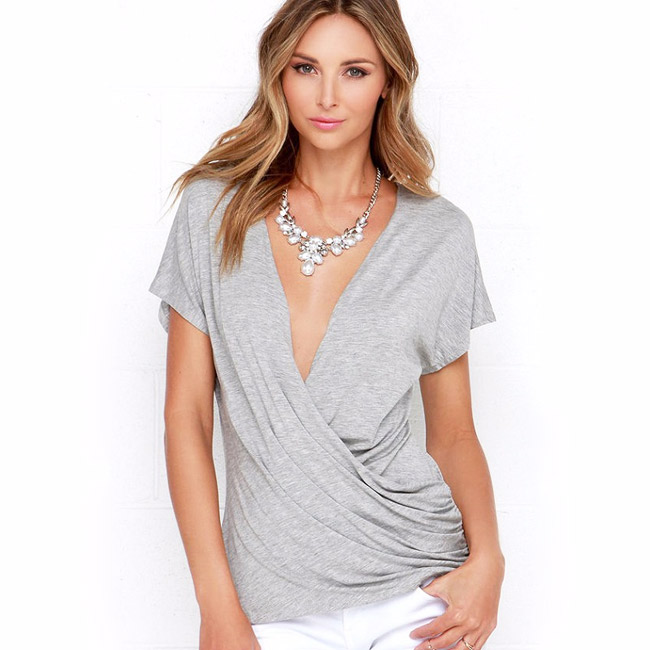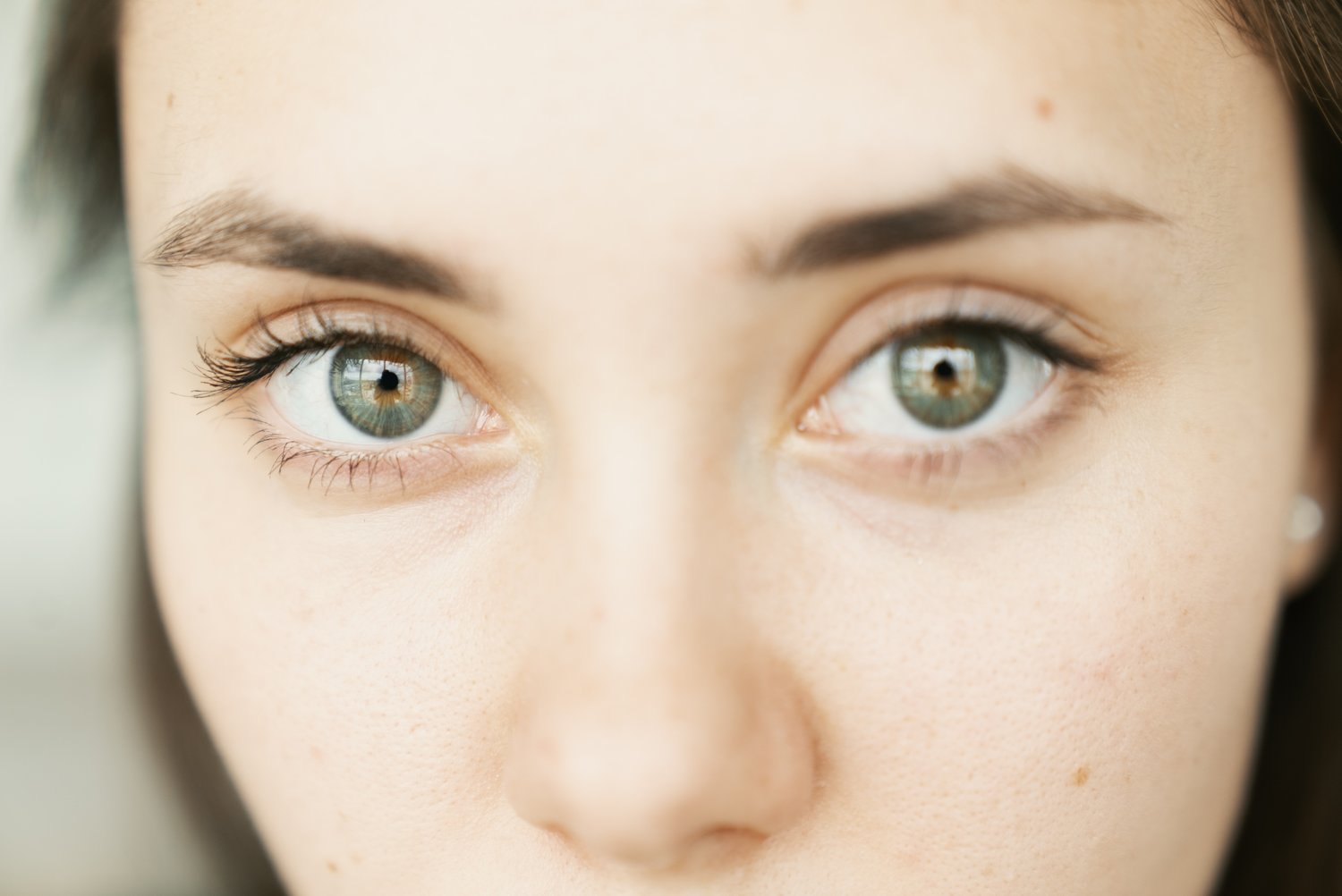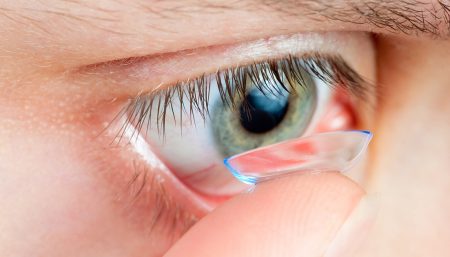
As we age the lens of our eye loses flexibility, and by 50 most of us need glasses and are holding the “small print” further and further from our eyes. The lens’ ability to change shape to accommodate to objects brought close to the eye is called “accommodation”. Modern living exacerbates this AGE-RELATED tendency to lose accommodation.
The conventional path to worsening vision is to wear glasses which make things sharp and clear. These often make the eyes weaker over time, and cause one to want stronger glasses. Instead, learn to become comfortable with a little blurriness, i.e. a 20/40 prescription, which is legal for driving in most states.
Follow these, Ten Steps To Visual Hygiene to reduce the heightened visual stress this admittedly mostly unavoidable modern near vision predominance produces.
![]() Look up and away from near vision tasks often. Good habits for close work include: Take breaks often. Stand up and stretch, take some deep breaths, get the circulation going and give your eyes a break.
Look up and away from near vision tasks often. Good habits for close work include: Take breaks often. Stand up and stretch, take some deep breaths, get the circulation going and give your eyes a break.
![]() Lighting illumination should be three times brighter than the rest of the room. Do not read under a single lamp. Eliminate all glare.
Lighting illumination should be three times brighter than the rest of the room. Do not read under a single lamp. Eliminate all glare.
![]() Sit straight and have your work at eye task level.
Sit straight and have your work at eye task level.
![]() Best distance is 14 to 16 inches for adults.
Best distance is 14 to 16 inches for adults.
![]() Avoid reclining postures. Sit up right while reading or watching TV in bed.
Avoid reclining postures. Sit up right while reading or watching TV in bed.

![]() While writing: Hold your pen at least one inch from the tip so you do not need to tilt your head to see your words as you write.
While writing: Hold your pen at least one inch from the tip so you do not need to tilt your head to see your words as you write.
![]() TV: View at a distance at least 7 times the width of the TV screen.
TV: View at a distance at least 7 times the width of the TV screen.
![]() Participate in outdoor activities that require seeing at a distance.
Participate in outdoor activities that require seeing at a distance.
![]() Eat a diet high in a wide variety of fruits and vegetables all the colors. Supplement with anti-oxidants and botanicals known to promote eye health like lutein, zeaxanthin and bilberry.
Eat a diet high in a wide variety of fruits and vegetables all the colors. Supplement with anti-oxidants and botanicals known to promote eye health like lutein, zeaxanthin and bilberry.

![]() A) Wear black-gray and green-gray because they allow the full spectrum of colors evenly without distortion.
A) Wear black-gray and green-gray because they allow the full spectrum of colors evenly without distortion.
- B) Blue is bad for it scatters light. Pink and yellow allow more light and strain the eyes on bright days. Cataracts sufferers should use brown for its softer tones. Polarized means a plastic film between the lenses that cuts off harmful glare and reflection.
- C) Most prescriptive sun glasses today have built in UV protection for both UVA and UVB which are the next two wavelengths after ultra violet on the visible spectrum. Check for the word filtered on the tag. Transitional lenses are clear indoor and dark outdoors, have a gray hue all the time, which is caused by UV from indoor fluorescent lighting.
- D) Best to wear at the computer and for night driving to reduce the halo effect are lenses with anti-reflection coatings that let in more light.
You can maintain your good eye health and vision, possibly reducing the need for ever stronger glasses, by following these simple recommendations.
Remember to breathe as you work. Often, especially when under stress, there is a tendency to hold one’s breath, limiting much-needed oxygen from the eyes and brain. Breathing also produces a relaxation effect in the body, good for reducing stress.
Disclaimer
The Content is not intended to be a substitute for professional medical advice, diagnosis, or treatment. Always seek the advice of your physician or other qualified health provider with any questions you may have regarding a medical condition.



